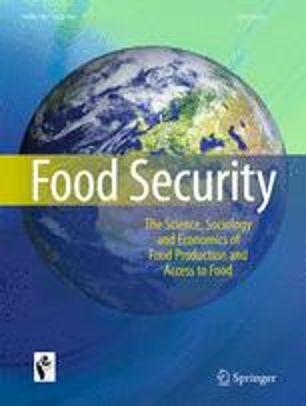The spatial distribution and growth of human populations have been overlooked by current debates concerning the impact of rural-urban migration for forest conservation in tropical countries. We investigated human settlement and population change in the Brazilian Amazon, combining government census data with field surveys along rivers. Rural populations were clustered and growing within 300 km of urban centers, whereas depopulation and land abandonment dominated farther from towns. The permanently inhabited extent of rivers contracted by 33 ± 8 SE% in recent decades, and households farther upriver were more likely to be considering rural-urban migration.However, harvesting of aquatic and terrestrial wildlife by nonresidents continued into headwater regions, hundreds of kilometers beyond the last household on any given river. Policy makers should consider that expanding cities may drive deforestation and overexploitation near towns while unclear property rights threatens overharvesting and unregulated land speculation in abandoned headwaters.
Download:
DOI:
https://doi.org/10.1111/j.1755-263X.2010.00106.x
Altmetric score:
Dimensions Citation Count:

























